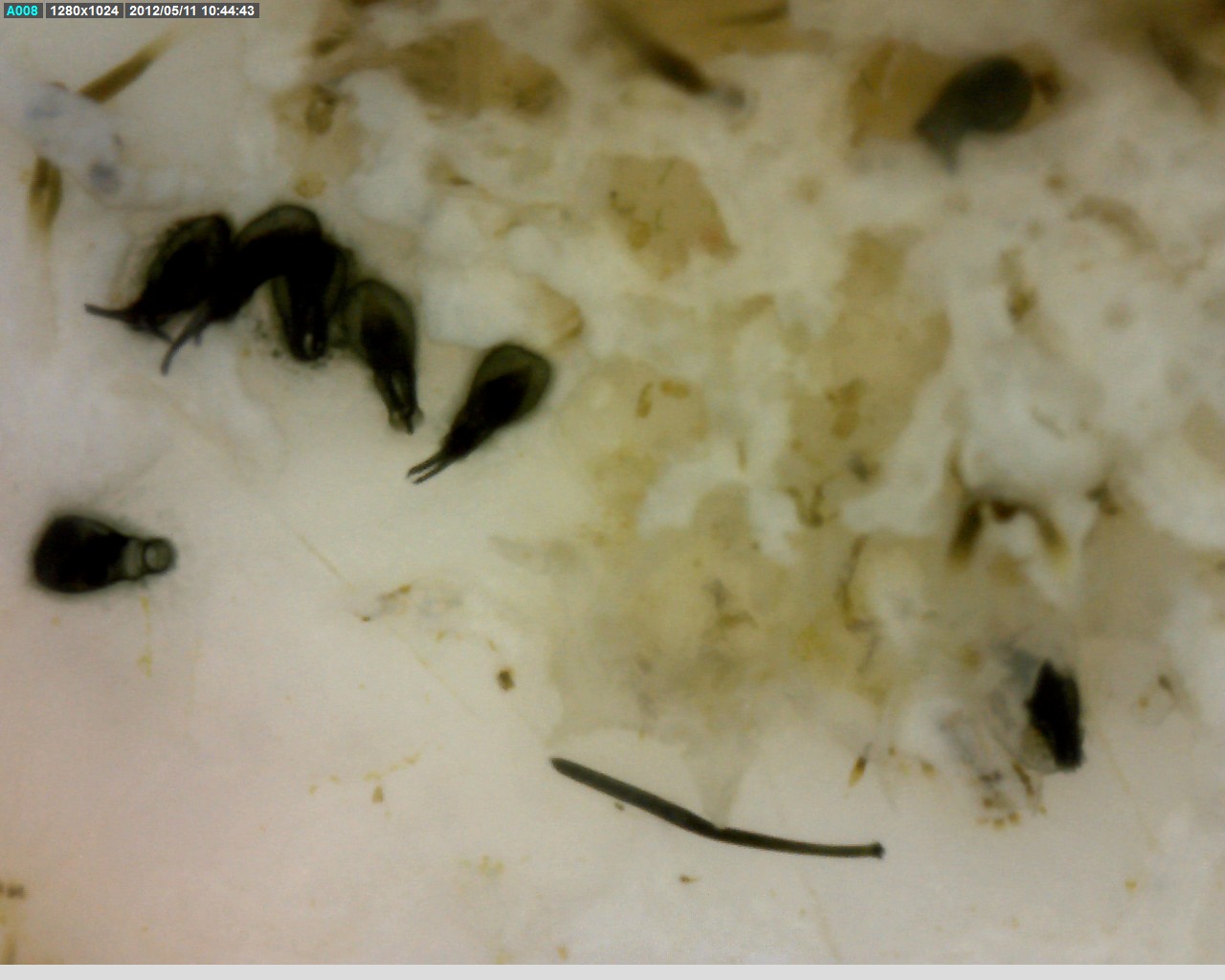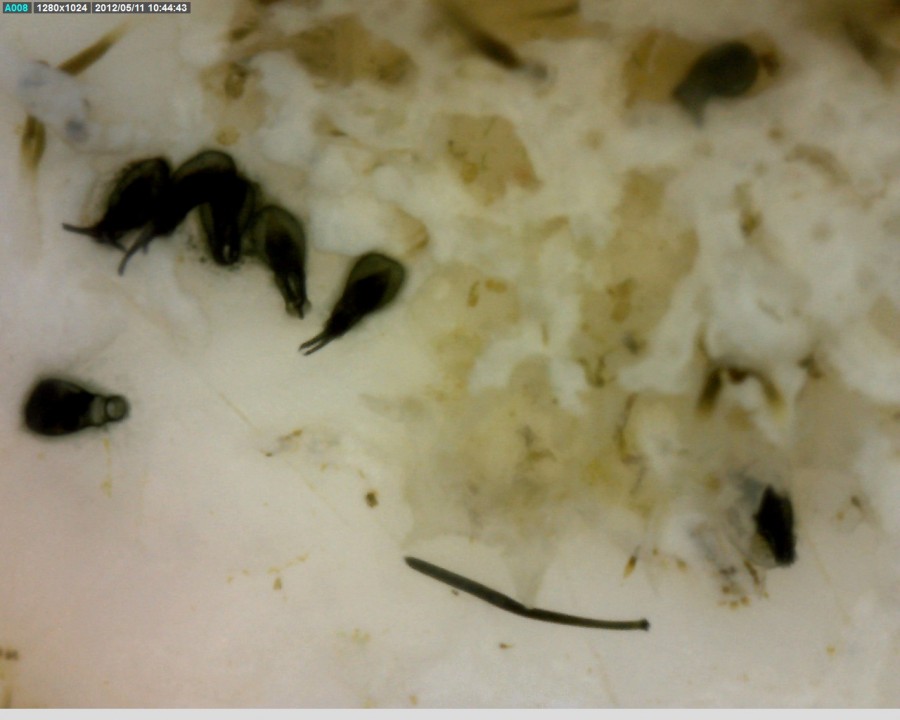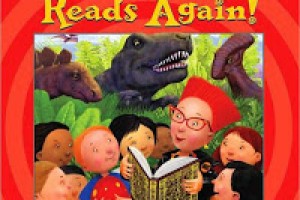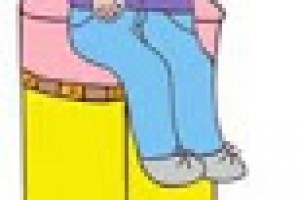If you’ve read Plastic, Ahoy! Investigating the Great Pacific Garbage Patch (Millbrook Press) you know that plastic from rivers and beaches flows to sea on currents that distribute plastic all over the ocean. In the Pacific, that means the plastic is trapped in the North Pacific Gyre or perhaps deposited on the tropical beaches of Hawaii. Miriam Goldstein, one of the trash detectives profiled in Plastic, Ahoy!, studied the rafting community or the marine organisms that hitchhike on floating debris. This debris could be natural, such as logs and feathers, or man-made, such as plastic.
 |
| “Devil” pathogens that infect coral |
After her 2009 SEAPLEX journey, Miriam calculated 100 times more plastic in the ocean than there was in 1970. The sheer abundance of plastic in our ocean creates increased opportunity for marine organisms to travel to places they don’t belong.
In a new paper, Miriam and her colleagues studied hundreds or organisms gathered on the 2009 cruise. They counted organisms from 95 different taxa and 11 phyla (some great vocab for science students!). The scariest by far is not a scaly sea monster with pointed teeth, but a single-celled ciliate called Halofolliculina. In a blog post for Deep Sea News Miriam describes the creature as “about the size of a sesame seed with teeny tiny devil horns. (They are actually pericytostomial wings, not devil horns, but I won’t tell if you don’t.) My collaborators Hank Carson and Marcus Eriksen found these little buggers living on plastic debris floating way offshore in the western Pacific, which wouldn’t be terrifying in itself since a lot of strange critters live on plastic debris But Halofolliculina is a pathogen that causes skeletal eroding band disease in corals, and this piece of debris was headed towards Hawaii.” Skeletal eroding band (SEB) disease damages the coral’s outer tissue and exposes the fragile skeleton. It has been reported in 82 species of corals according to the Global Coral Disease Database.
 |
| Goniastrea edwardsi with a small focal lesion caused by the ciliate Halofolliculina corallasia, which is eroding the tissue and skeleton. The black specks are embedded loricae or tests of the ciliate.Photo: Andrew Bruckner [From Global Coral Disease Database] |







Leave a Reply
Your email is safe with me.